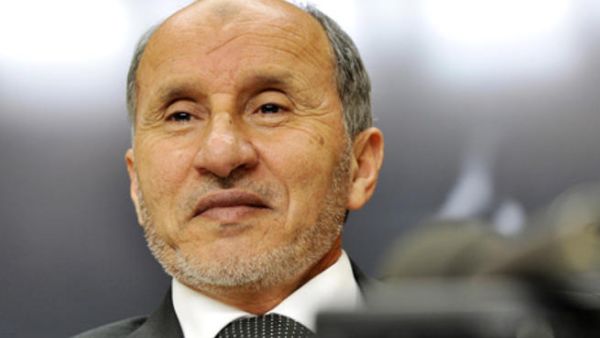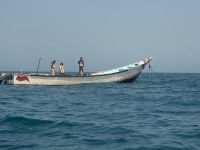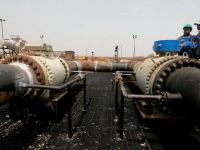With Moammar Gaddafi out of power, the crucial matter for Libya now is how to rebuild its economy. On the one hand, Libya appears to be economically strong. It is a major oil producer, has one of the world’s largest sovereign wealth funds, has little debt, and its per capita GDP on par with much of Eastern Europe . However, oil production stopped during the fighting and Libya ’s foreign assets were frozen. Additionally, Libyan wealth generally failed to reach the Libyan people. As a result, getting the Libyan economy back on track and organized for future growth will be a major challenge.
Timing will be an important consideration in the upcoming months. Until oil exports recover, funds need to be made available for humanitarian use. Before the war, Libya earned 95% of its export revenues from oil. In return, it imported 75% of its food. Feeding the population requires funds to cover this temporary shortfall. These could theoretically be made available by unfreezing Libyan assets. However, foreign governments are not eager to do so as the assets provide a lever on the transitional government to ensure a democratic transition. As a compromise, the international community is working to release a small sum for humanitarian purposes.
Oil has traditionally been Libya ’s greatest source of income. Output was at 1.58 million barrels on the day before the revolt. It will take some time for production to recover, as damage was sustained due to the rushed manner in which infrastructure shut down. Those refineries that were not damaged will be brought online in the coming weeks. Although oil revenue will help Libya pull through the post-revolutionary period, it cannot be a major source on employment for the future.
Employment may be the greatest challenge for Libyan economic growth. Over half of Libya ’s population is under the age of 30, and employment was nearly a third before the war. Although Libyan youth are generally well-educated, Qaddhafi effectively stifled entrepreneurship by nationalizing most businesses. Satisfaction with the new government, and therefore stability, will depend on providing sustainable employment for the nation’s youth. Investment must be targeted towards more labor-intensive industries.
There are many opportunities for investment within Libya . One possibility, given Libya ’s Mediterranean coastline and proximity to Europe , is the development of a tourism industry. In fact, international and Arab banks have already begun investing in this area. Other opportunities include mining, agriculture, and financial services.
Libya , unlike many other countries shaken by the Arab Spring, has a strong economic foundation to pay for its post-revolutionary recovery. In the short term, foreign governments will need to unfreeze Libyan assets in a manner that keeps the country running while also providing leverage on the transitional government. The oil industry must begin operating again. In the long term, investment and entrepreneurship in labor-intensive industries will be essential to maintaining stability and providing future growth. (Source: www.yallafinance.com)







